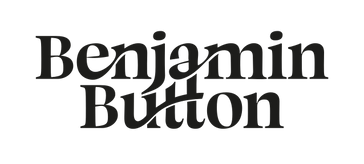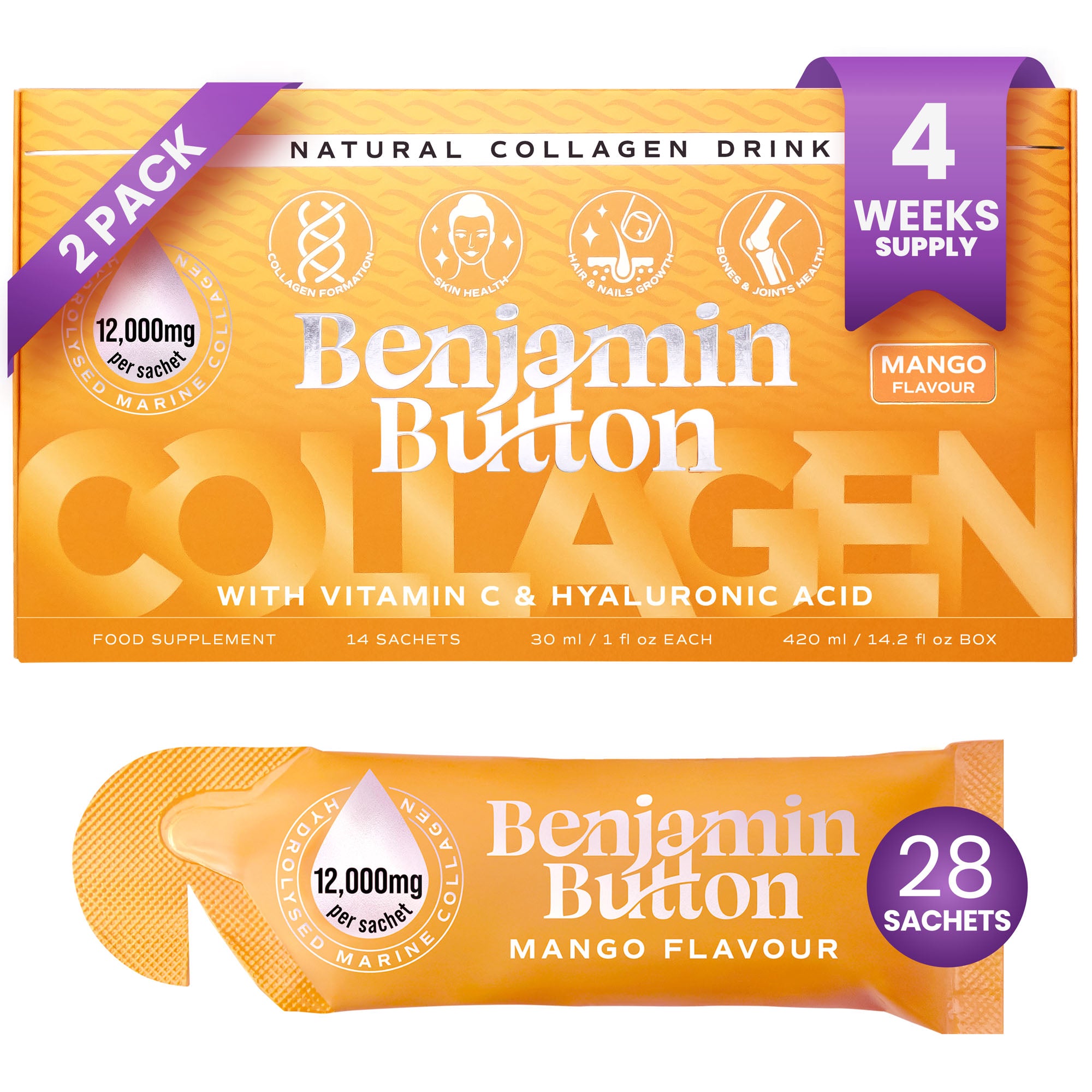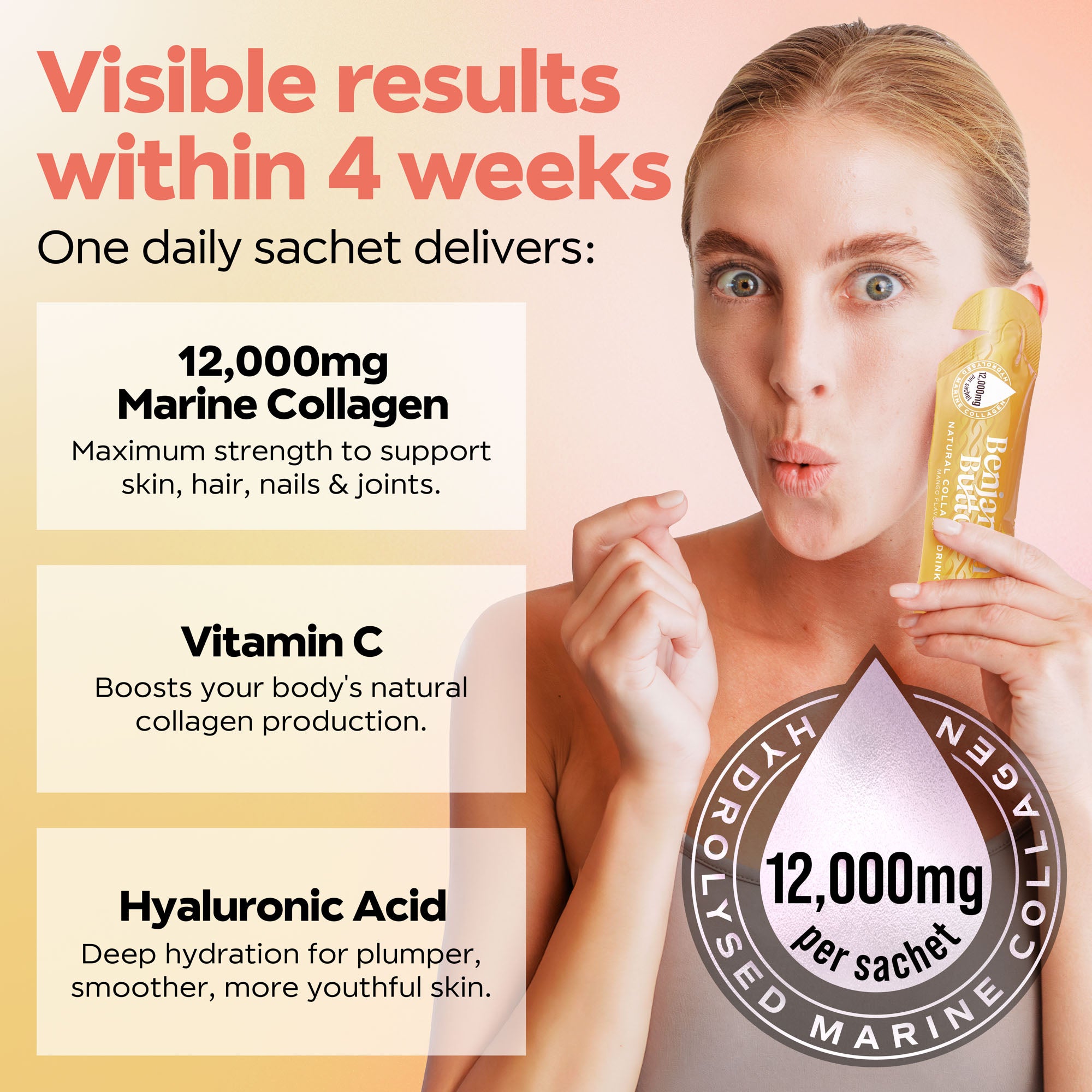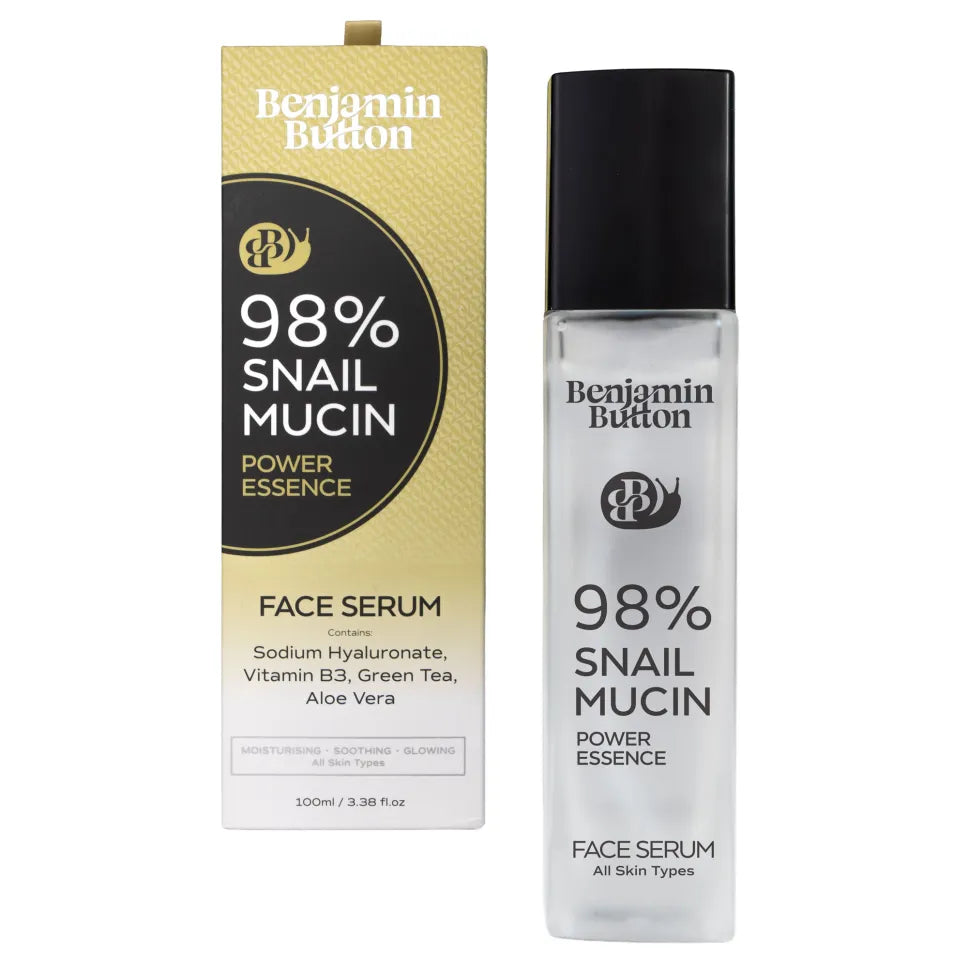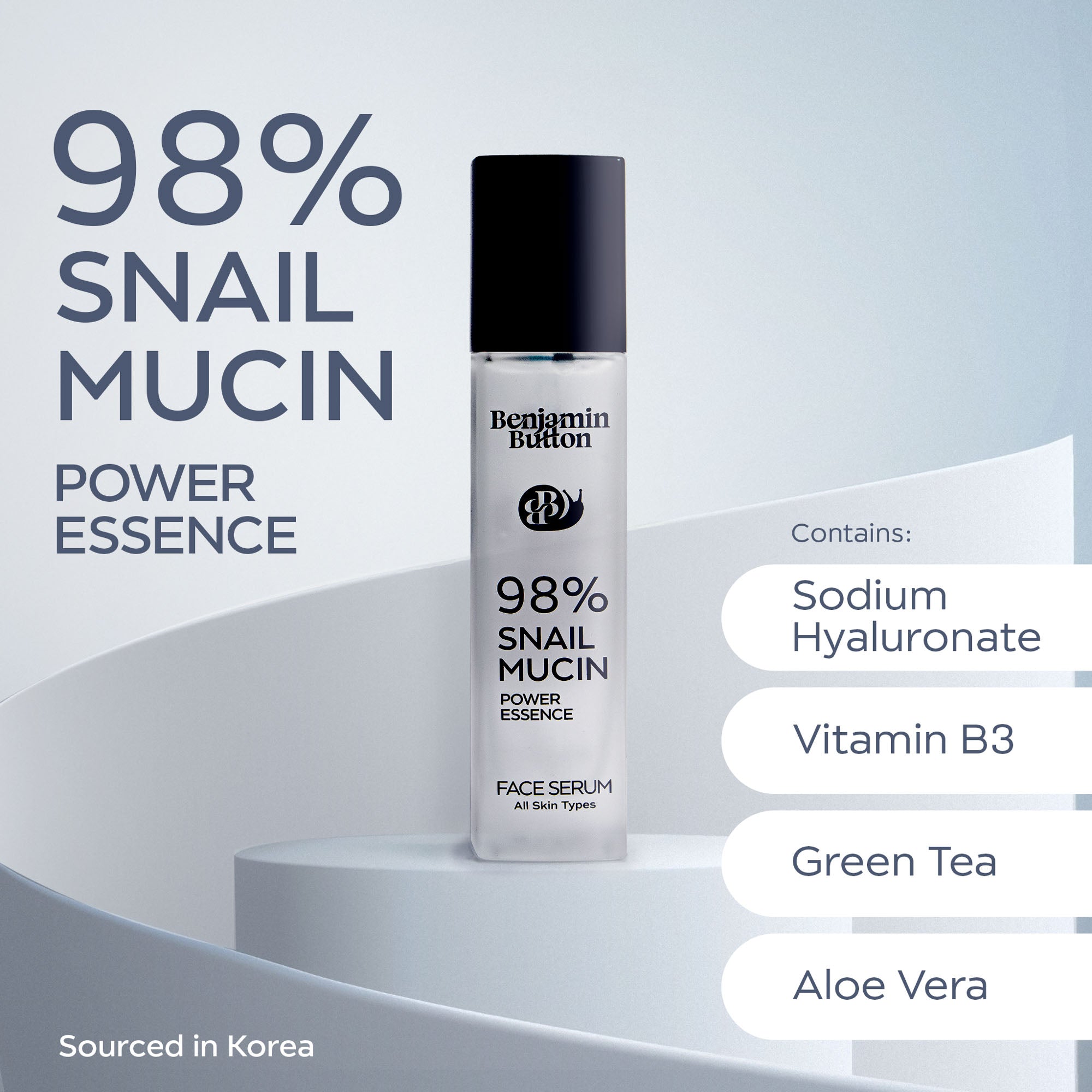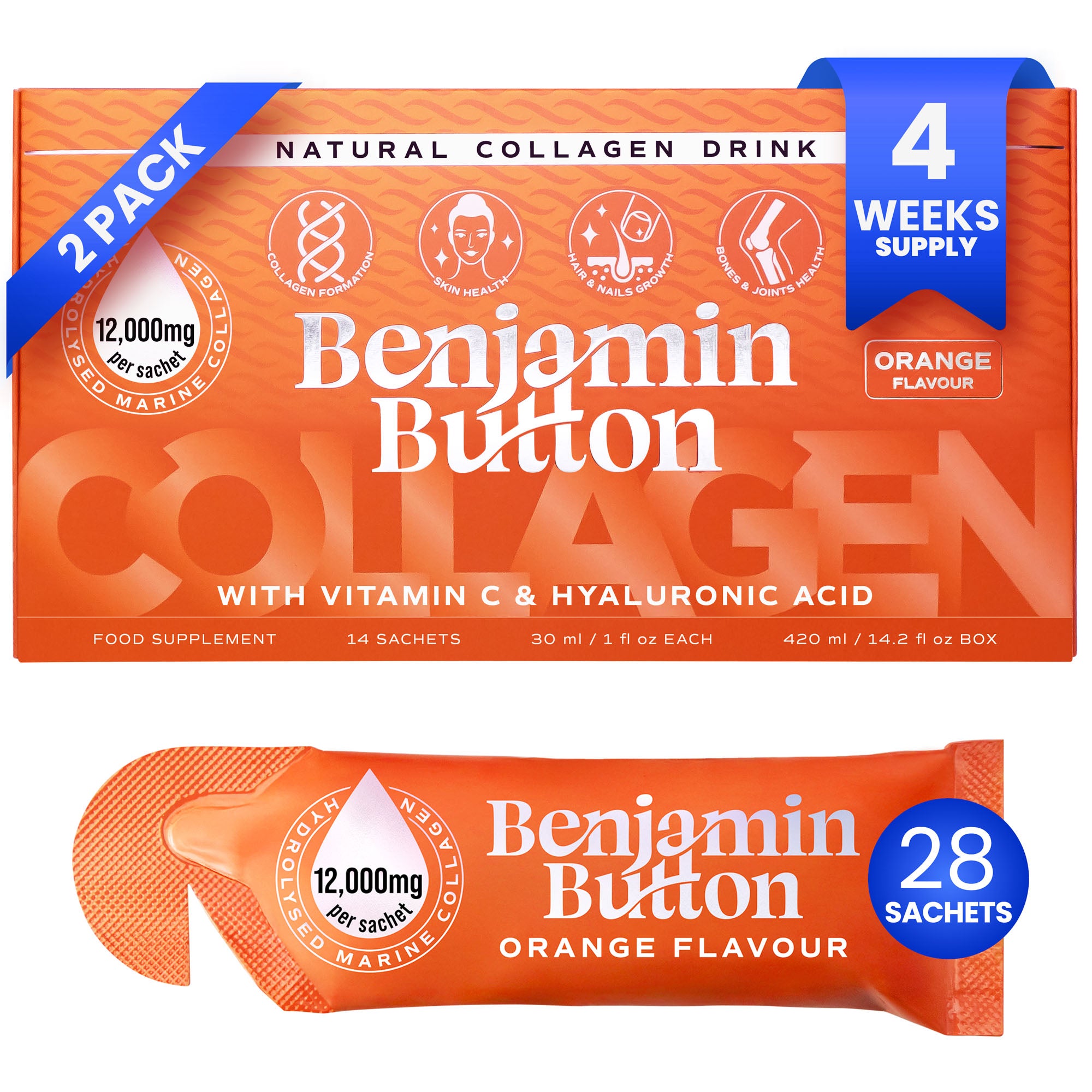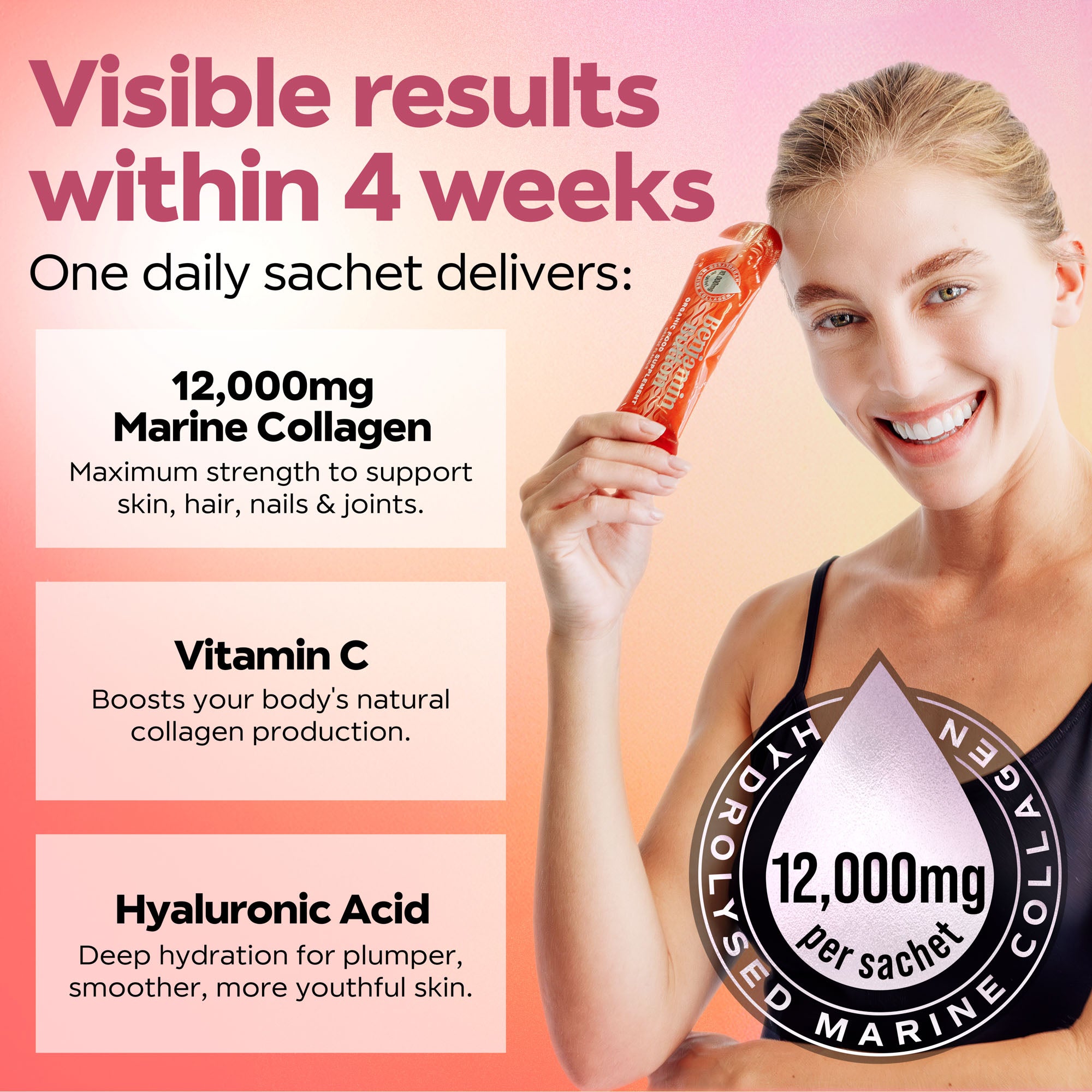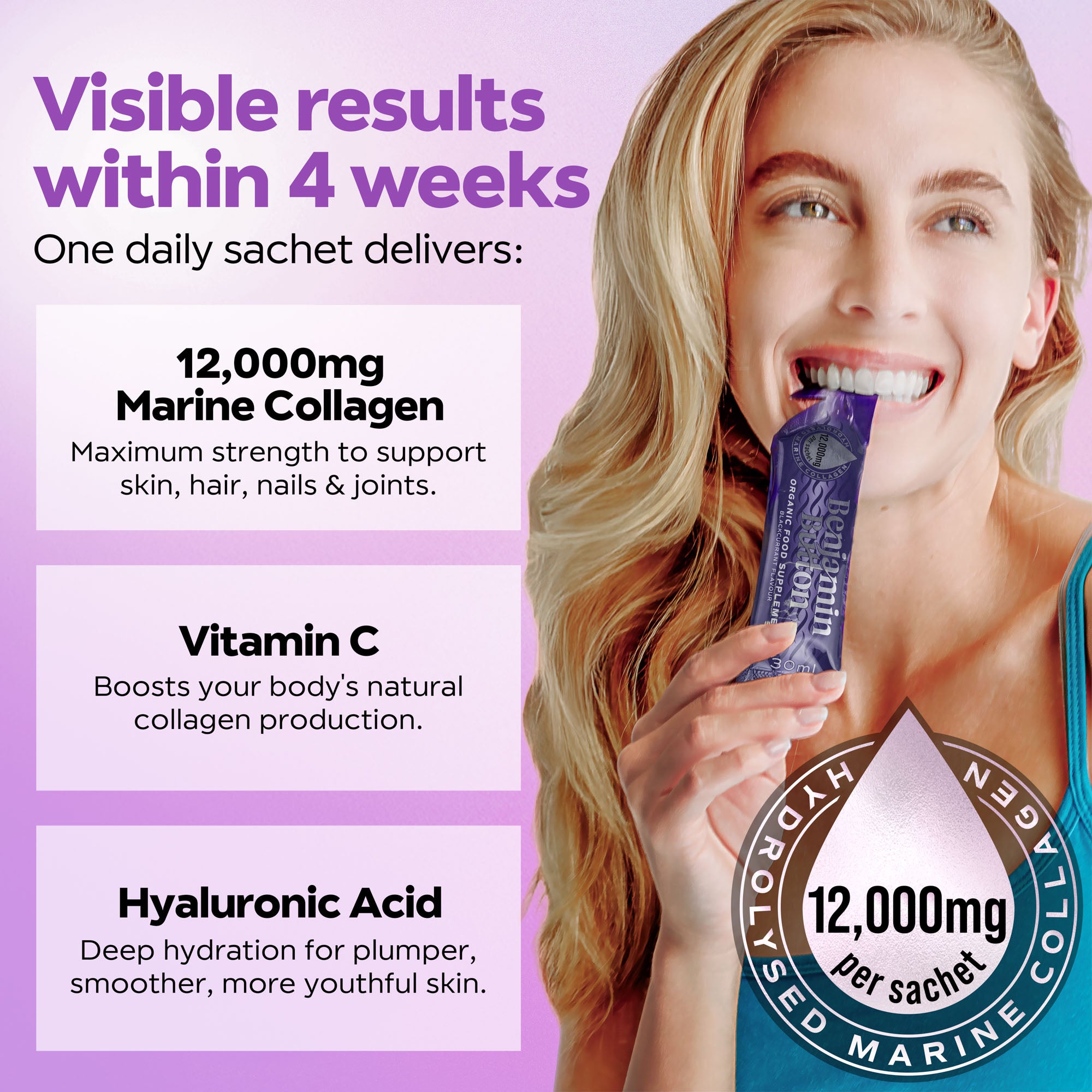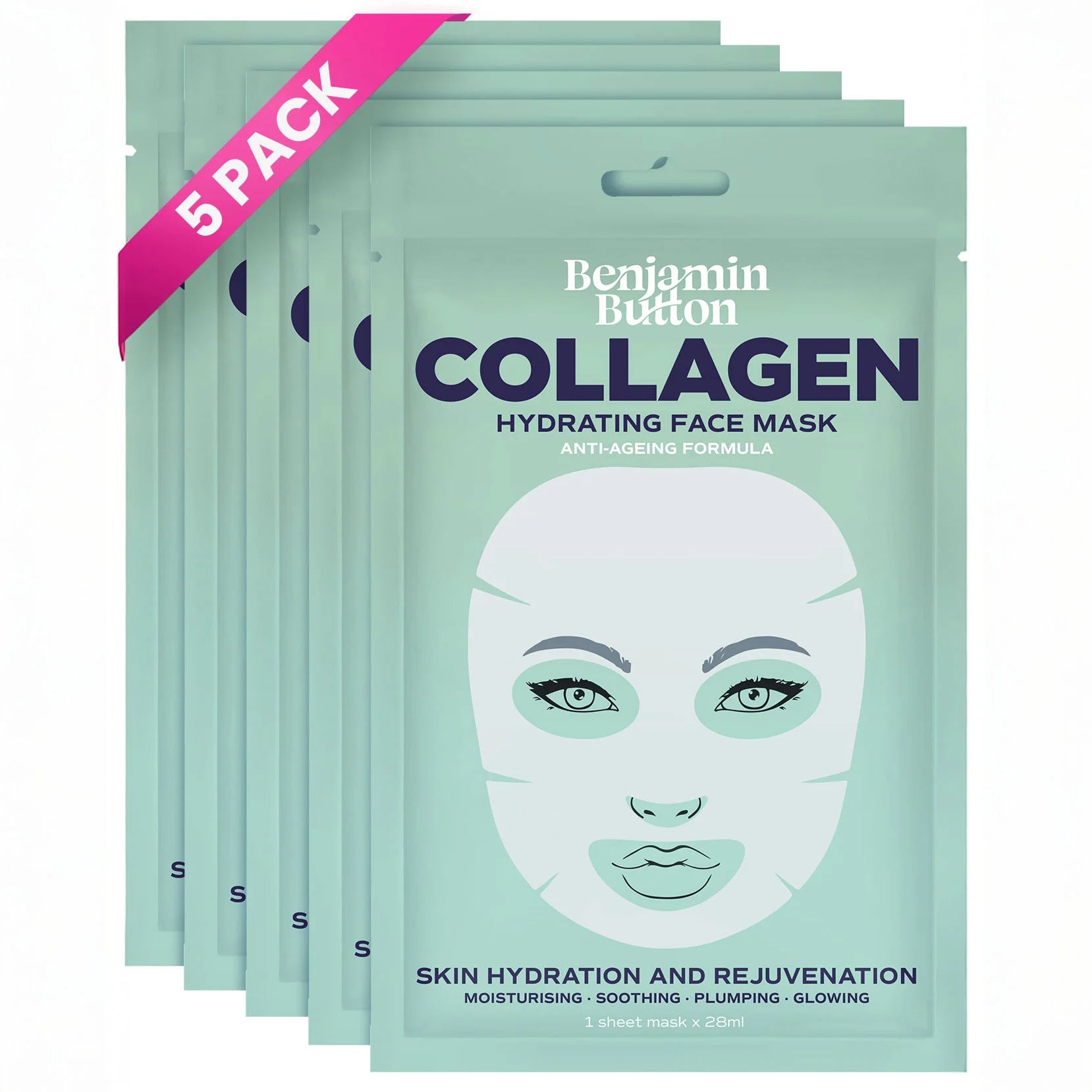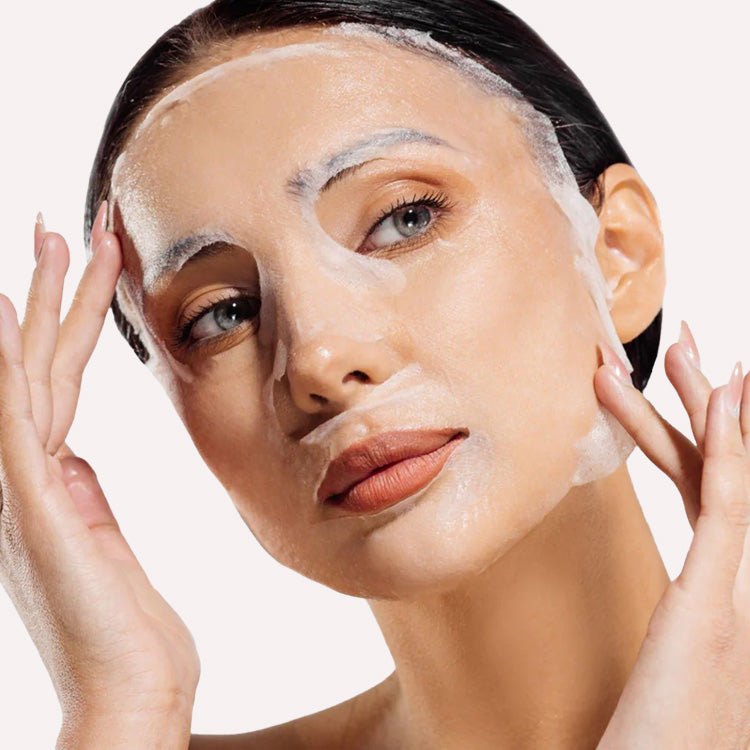Understanding Hair Damage
Before diving into the solutions, it’s essential to grasp the nature of hair damage. Hair can become damaged due to various factors, including:- Heat styling tools
- Environmental stressors (such as sun exposure and pollution)
- Chemical treatments (dyeing, bleaching, perming)
- Improper hair care routines
Deep Conditioning Treatments
One of the most effective ways to nourish damaged hair is through deep conditioning treatments. These treatments penetrate the hair shaft to restore moisture and repair structural integrity.DIY Hair Masks
A great way to start is by creating your own hair masks using natural ingredients. Here are a few ideas:- Coconut Oil and Honey Mask: Mix one tablespoon of coconut oil with one tablespoon of honey. Apply to damp hair, leave for 30 minutes, and rinse.
- Avocado and Olive Oil Mask: Blend one ripe avocado with two tablespoons of olive oil. This nutrient-rich mask provides exceptional moisture and shine.
- Yoghurt and Banana Mask: Mash one banana and mix it with half a cup of plain yoghurt. The probiotics in yoghurt can help repair the hair cuticle.
Store-Bought Remedies
If DIY treatments aren't for you, there are excellent store-bought options as well. Look for products containing:- Keratin: This protein helps to rebuild and strengthen the hair strands.
- Argan Oil: Rich in fatty acids, this oil deeply nourishes and hydrates hair.
- Shea Butter: Known for its moisturising properties, shea butter can help seal moisture in dry hair.
Regular Trims vs. Repairing Treatments
The conventional wisdom suggests that regular trims are necessary to keep hair healthy. However, with the right techniques, regular trims are not the only solution. Benjamin Button showcases how one can defy norms; similarly, adopting a consistent hair care routine can extend the time between trims.Hydration is Key
Hydration plays a crucial role in hair health. It’s not just about treatments; it’s also about how you care for your hair daily.- Use a Sulphate-Free Shampoo: Sulphates can strip the natural oils from your hair, leading to further damage. Opt for a gentle, hydrating shampoo.
- Condition Regularly: Always follow shampooing with a conditioner. Incorporate leave-in conditioners regularly.
- Cold Water Rinse: Rinsing your hair with cold water after conditioning helps to seal the hair cuticles, leading to shinier hair.
Heat Protection Methods
Heat styling is one of the most significant contributors to hair damage. If you can’t imagine life without your styling tools, consider these protective measures:Heat Protectants
Before using any heat styling tool, it’s imperative to use a heat protectant. These can significantly reduce the potential damage caused by high temperatures. Look for products that include:- Silicones: They help form a protective barrier around the hair strands.
- Vitamins: Nutrient-rich heat protectants not only shield but also nourish your hair.
